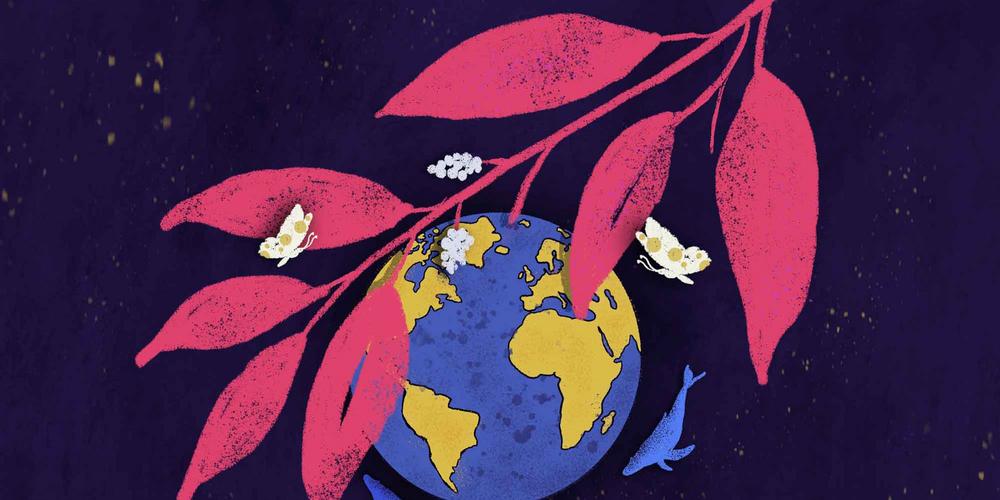Sustainable development goals: 15 LIFE ON LAND
Satisfying humanity’s needs for food, energy, water, minerals and raw materials without negative impacts on biodiversity while ensuring a sustainable utilisation of ecosystem services is a challenge that is decisive for our survival.
